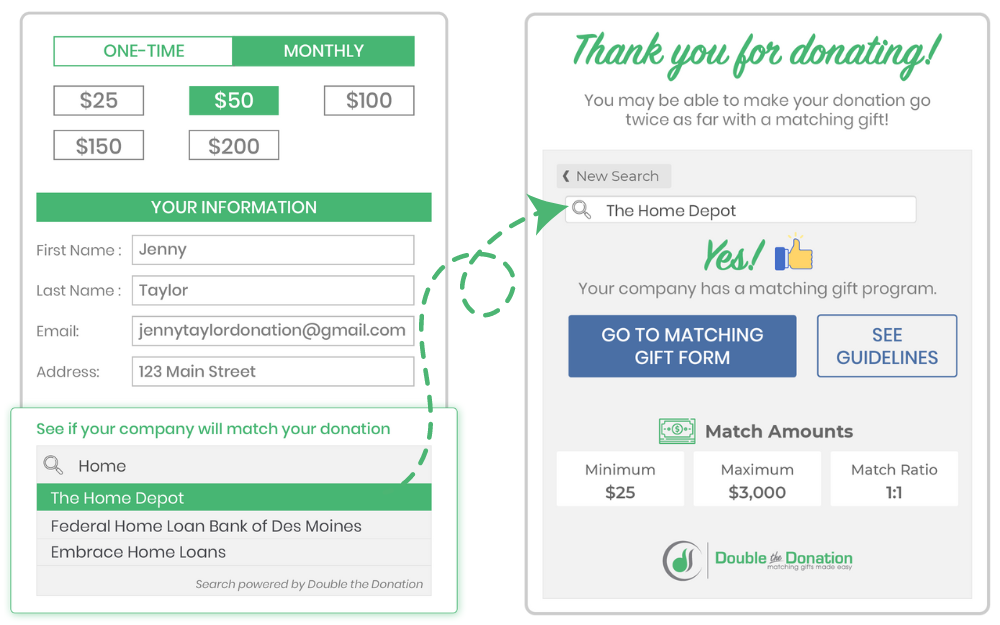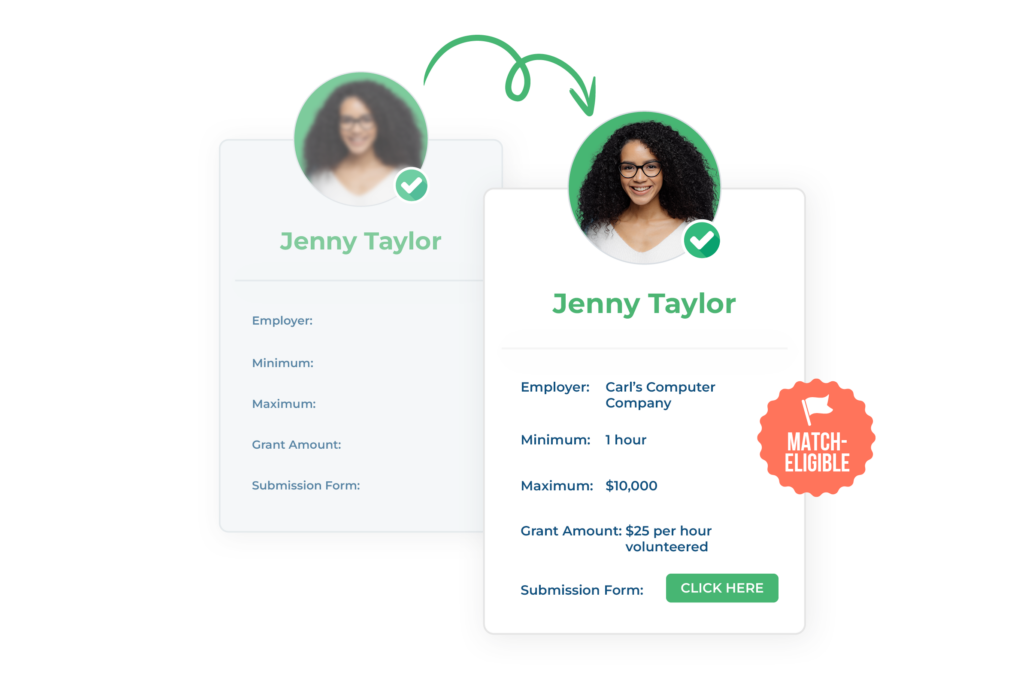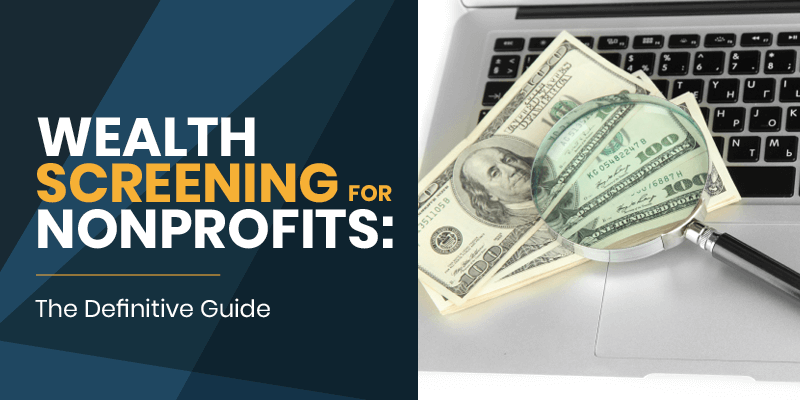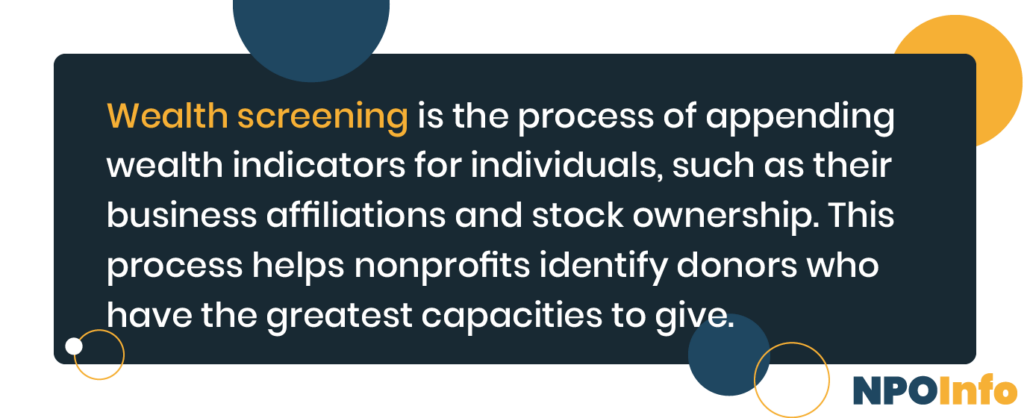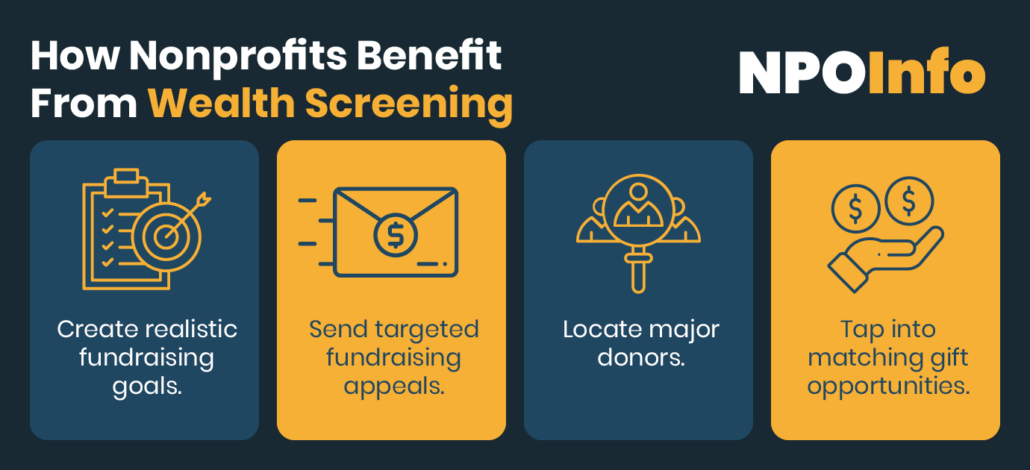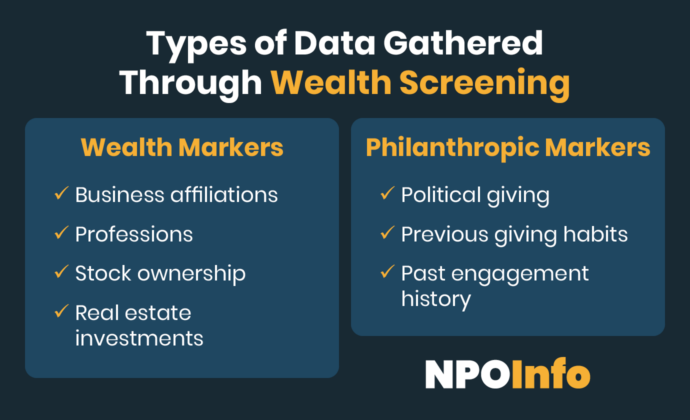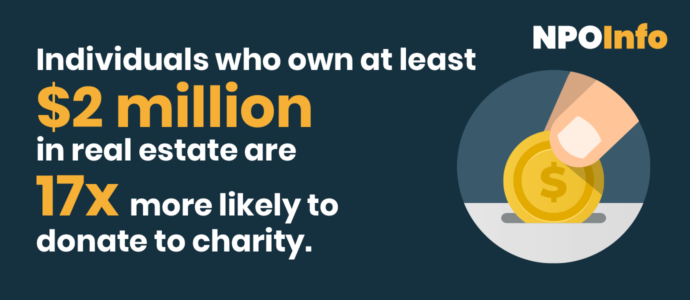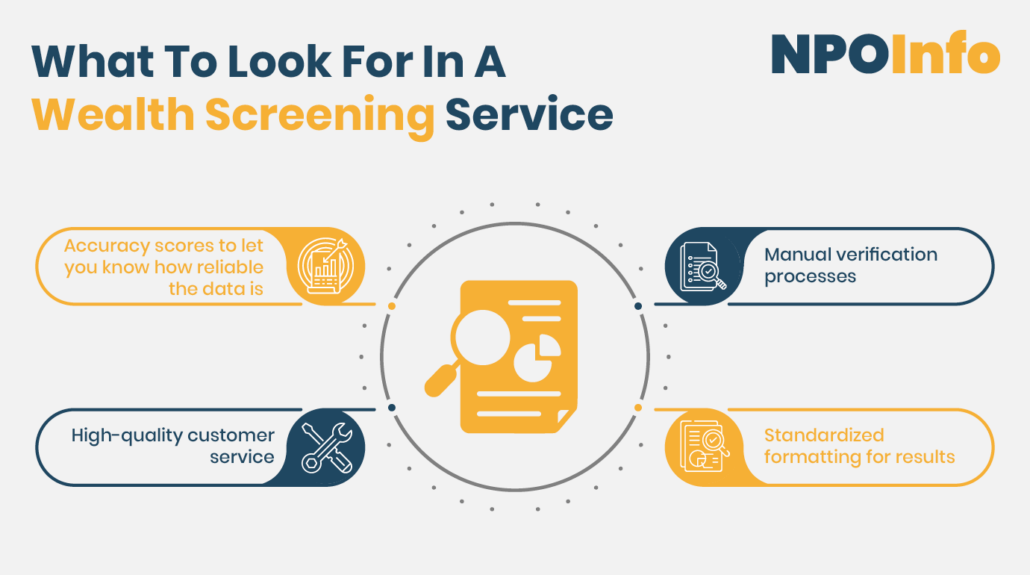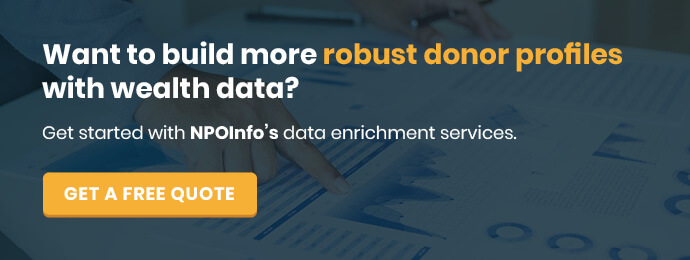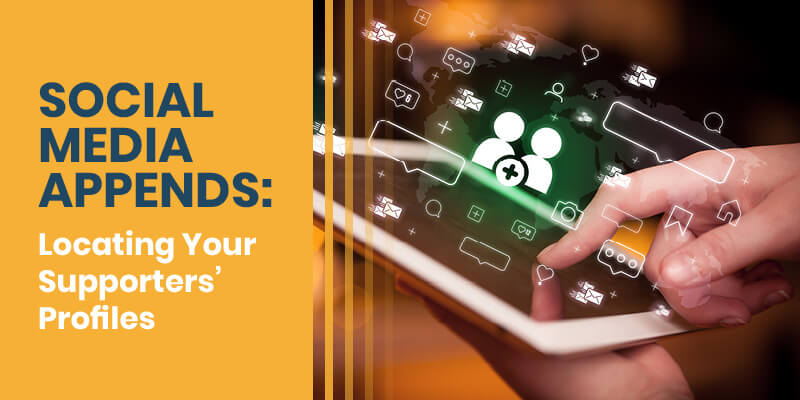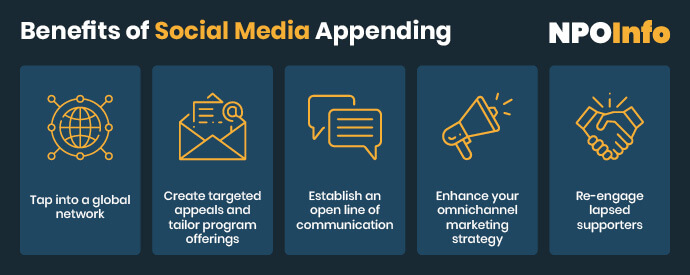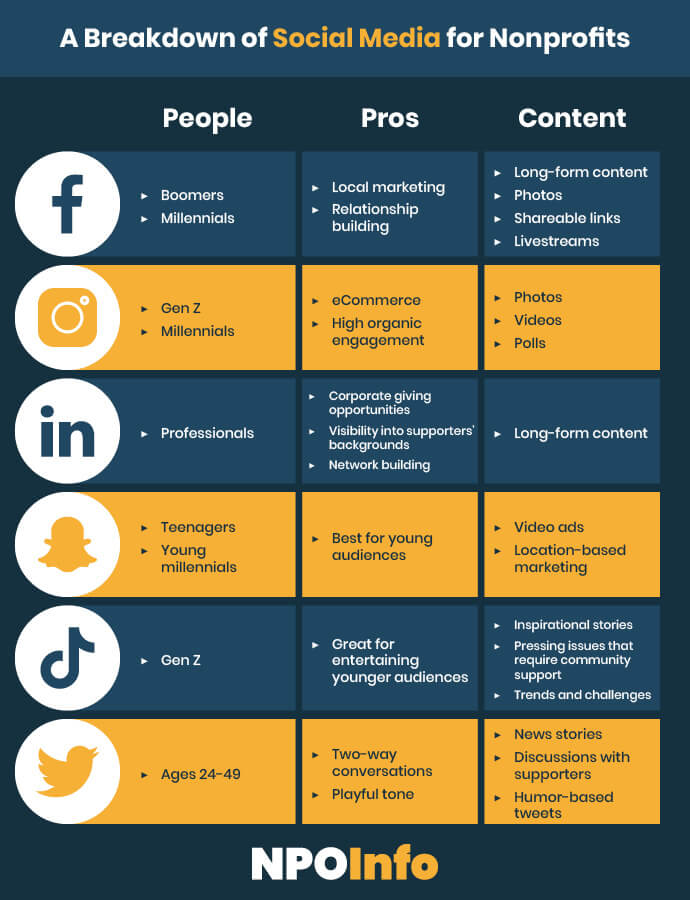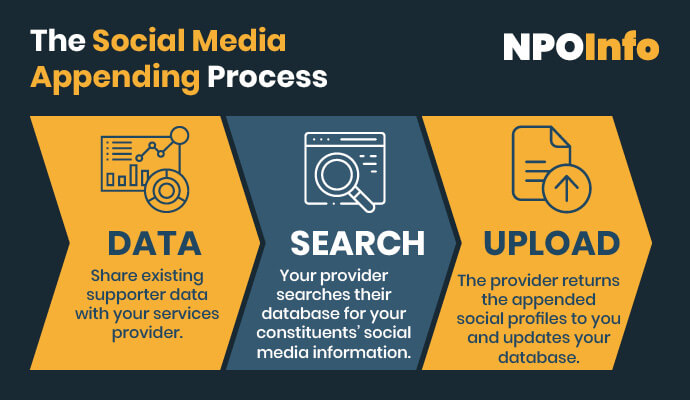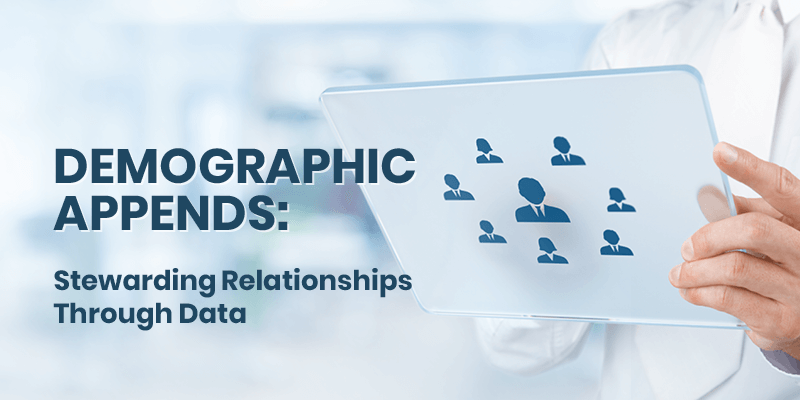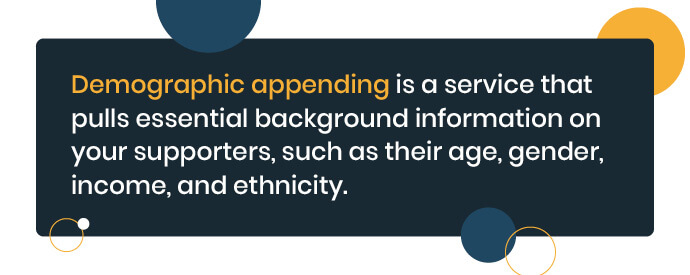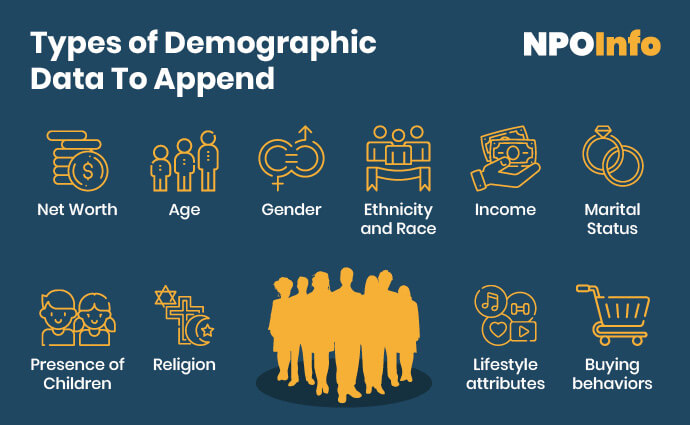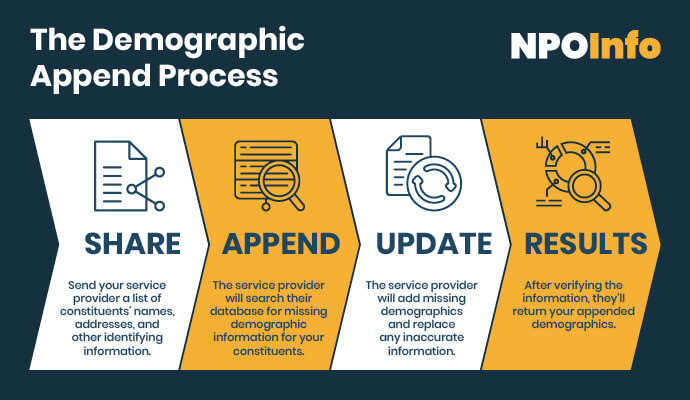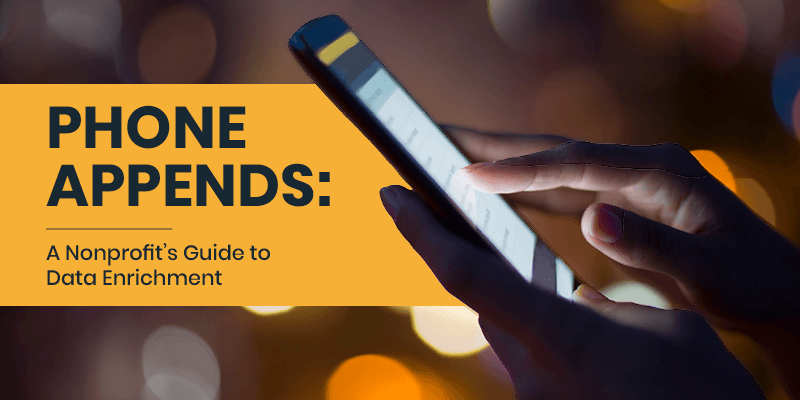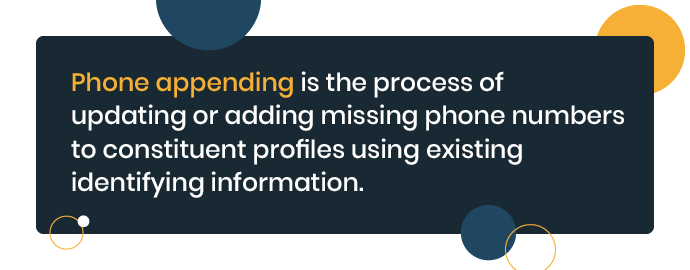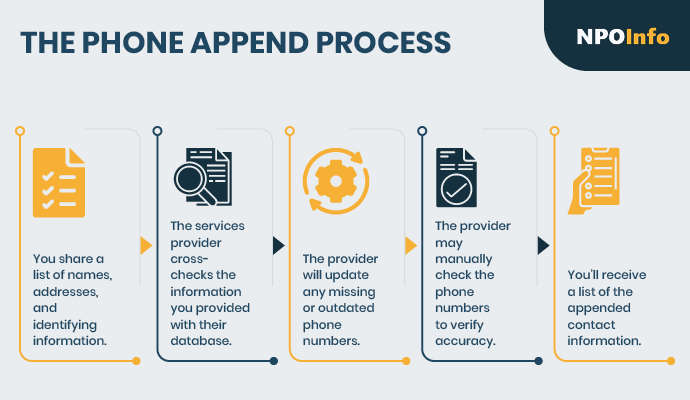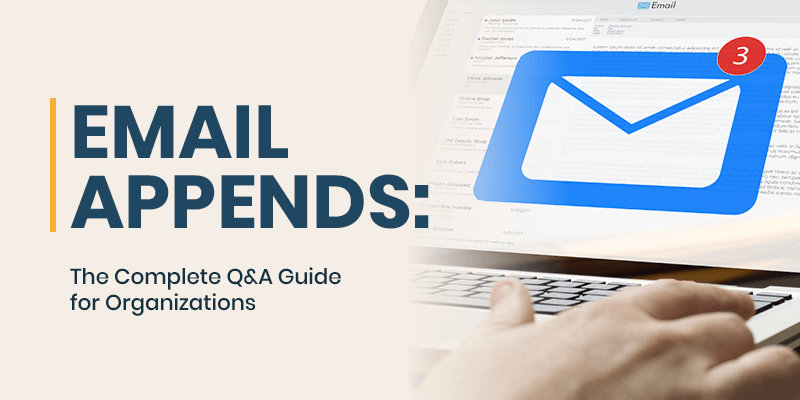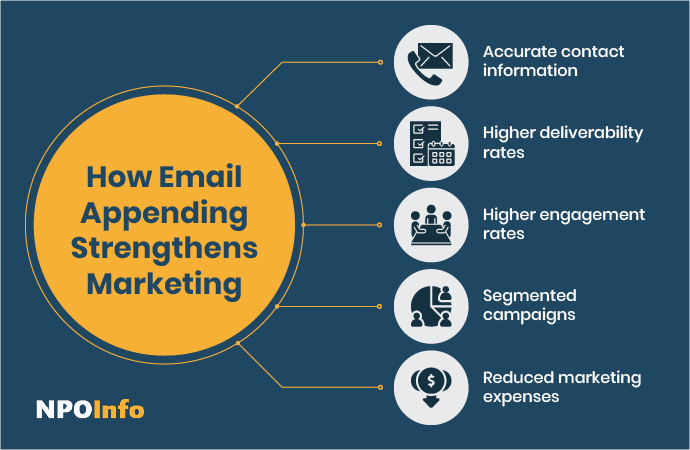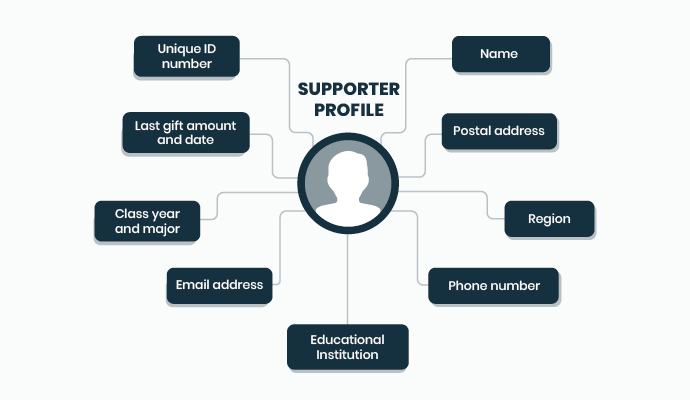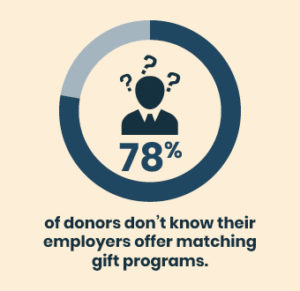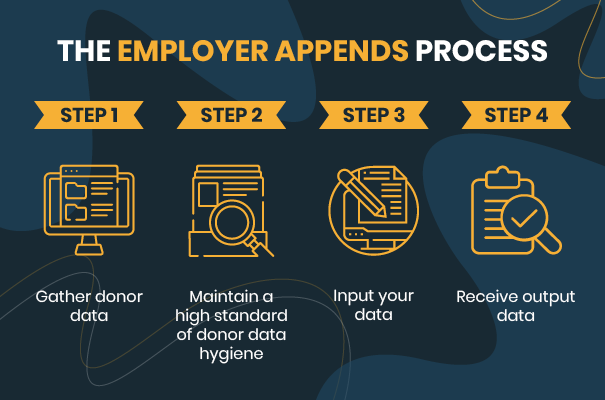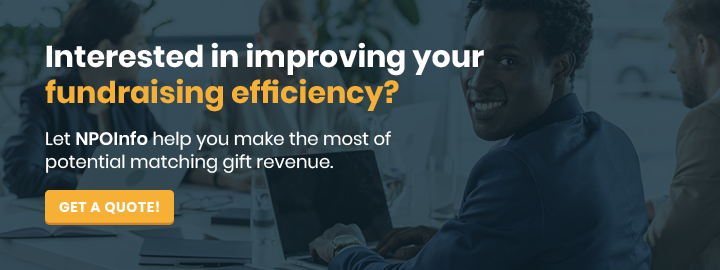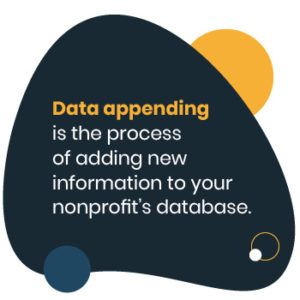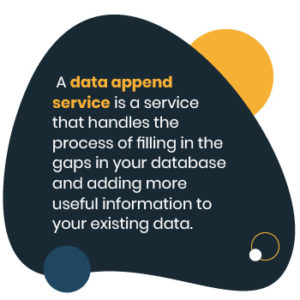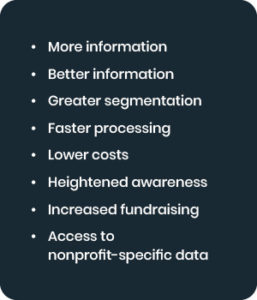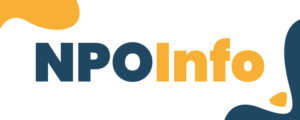Donor Cultivation 101: How to Build Lasting Relationships
As of 2024, the number of new donors nonprofits acquired—in other words, donors who gave for the first time—fell by 11.5% compared to the previous year. Even the number of major and supersize donors, who tend to be the most loyal, declined by 4.7% and 2.3%, respectively.
Combined with general declines in fundraising revenue, these figures highlight the importance of fostering relationships with donors to keep them invested in your mission. Donor cultivation, supported by data-backed insights and decision-making, is the best way to form and deepen these meaningful connections.
In this guide, we’ll explore the core concepts you need to get started:
- Donor Cultivation Basics
- The Donor Cultivation Cycle: 5 Key Phases
- 10 Proven Donor Cultivation Strategies
The goal of donor cultivation is to connect with your supporters, understand the reasons behind their generosity, and make them feel like invaluable agents of change. But the first step toward these benefits is understanding the basics—let’s begin!
Donor Cultivation Basics
What is donor cultivation?
Donor cultivation is the process of establishing and strengthening relationships with prospective donors before asking for a contribution. Key aspects of donor cultivation include identifying potential donors, learning about their interests and motivations, and inspiring them to give by appealing to those motivations.
Donor cultivation is a cyclical process fueled by insightful data your nonprofit collects, such as donors’ wealth capacities, giving histories, and contact information. The ultimate goal of donor cultivation is to create a sustainable base of loyal donors who support your organization’s overall mission and goals.
What is the difference between donor cultivation and stewardship?
While cultivation and stewardship aren’t the same thing, they are connected. Both practices are phases in the donor cultivation cycle and play a crucial role in your fundraising and donor retention efforts.
Here’s a quick summary of the difference between the two terms:
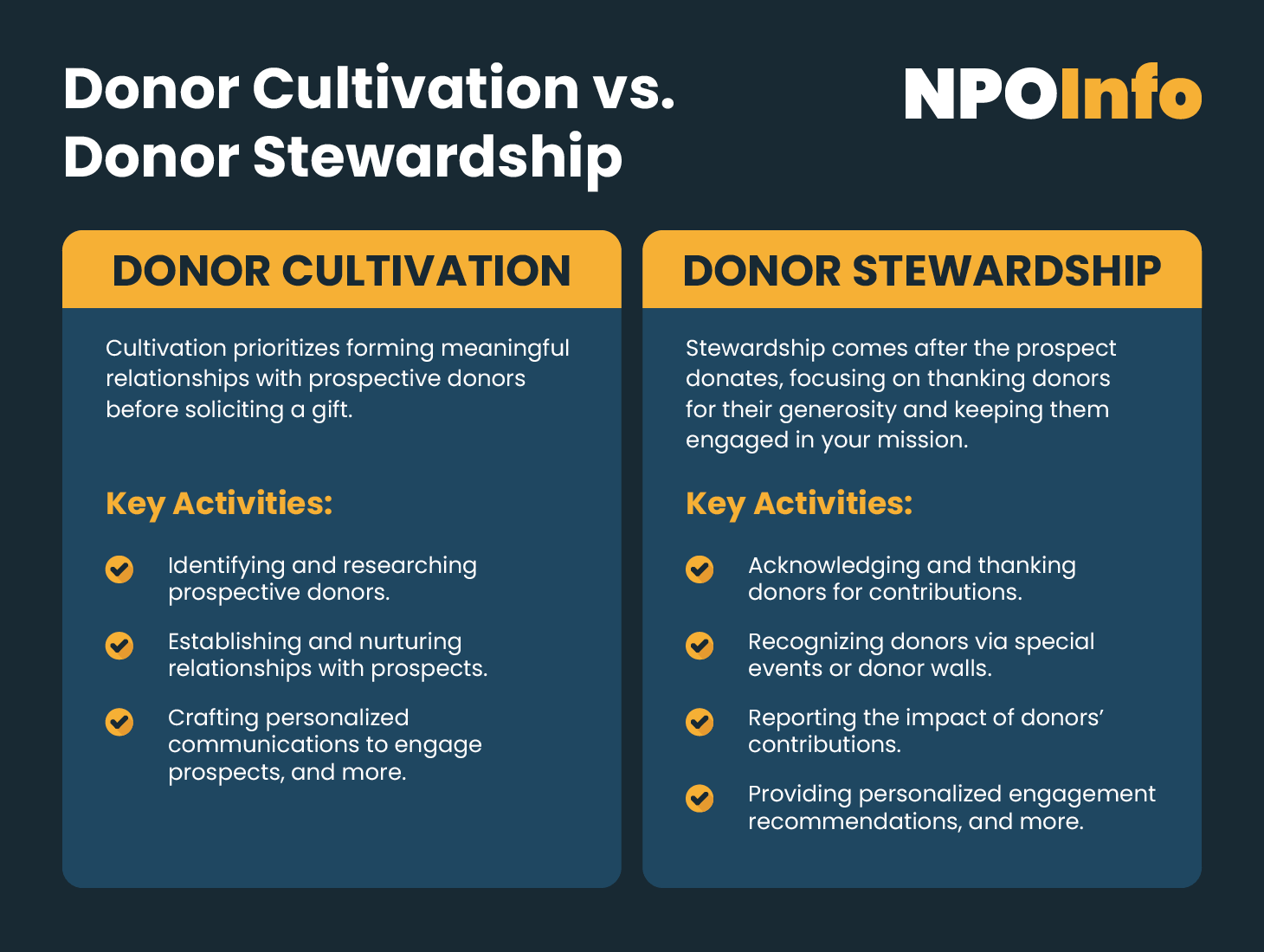
- Donor cultivation: Cultivation prioritizes forming meaningful relationships with prospective donors before soliciting a gift. The goals are to build rapport with prospects, encourage them to donate, and establish a strong foundation for a long-term relationship.
- Key activities: Identifying and researching prospective donors, establishing and nurturing relationships with prospects, crafting personalized communications to engage prospects, educating potential donors about your mission, and capping off these efforts with a tailored solicitation.
- Donor stewardship: Stewardship comes after the prospect donates, focusing on thanking donors for their generosity and keeping them engaged in your mission. The goal is to ensure donors feel valued and understand their impact so they feel motivated to continue giving.
- Key activities: Acknowledging and thanking donors for contributions, recognizing donors via special events or donor walls, reporting the impact of donors’ contributions, providing personalized engagement recommendations, soliciting feedback, and maintaining the relationship between gifts.
When your nonprofit does its homework during the cultivation phase, you’ll set yourself up for success in the stewardship phase. Rely on your data to consider donors’ interests, preferences, giving histories, and key milestones as you nurture relationships going forward.
What are the benefits of cultivating donors?
Every organization’s reason for cultivating donors remains the same: they want to establish and deepen relationships with those who believe in their cause. As you pursue this goal, you’ll likely find that effective donor cultivation can also bring about benefits like:
- Engaging donors: The cultivation process helps create engagement opportunities that encourage donors to interact with your organization and learn more about your mission, programs, and impact.
- Building trust: A 2024 study found that trust in nonprofits increased by 5 points to 57%. Nevertheless, there is still plenty of room for improvement via steps like committing to third-party ethics standards and fostering transparent relationships. Donor cultivation efforts demonstrate your commitment to transparency, accountability, and responsible stewardship of donations.
- Retaining more supporters: Effective cultivation means you can retain more donors and inspire them to stay engaged in your activities. Set up communication cadences and spark meaningful relationships at the cultivation stage of the cycle, following up with regular communications, personalized recommendations, and recognition during the stewardship phase.
- Boosting donor lifetime value: As fundraisers, we all know that donor attrition can be costly. Use donor cultivation to make an excellent first impression and secure that coveted first donation. Then, follow the donor cultivation cycle to inspire donors to give again and donate larger gifts over time, increasing their lifetime value.
As you can see, donor cultivation and stewardship are closely intertwined. You’ll need to practice both to take advantage of each of these benefits. Think of it like a relay race—eventually, you’ll need to pass the baton from initial relationship cultivation to long-term stewardship.
The Donor Cultivation Cycle: 5 Key Phases
The process of seeking donations and building relationships with donors must be cyclical. Otherwise, you’d have to recruit new supporters for each gift, which would quickly become too expensive and time-consuming to manage. This repetitive process is known as the donor cultivation cycle or fundraising cycle.
The donor cultivation cycle is made up of the following phases:
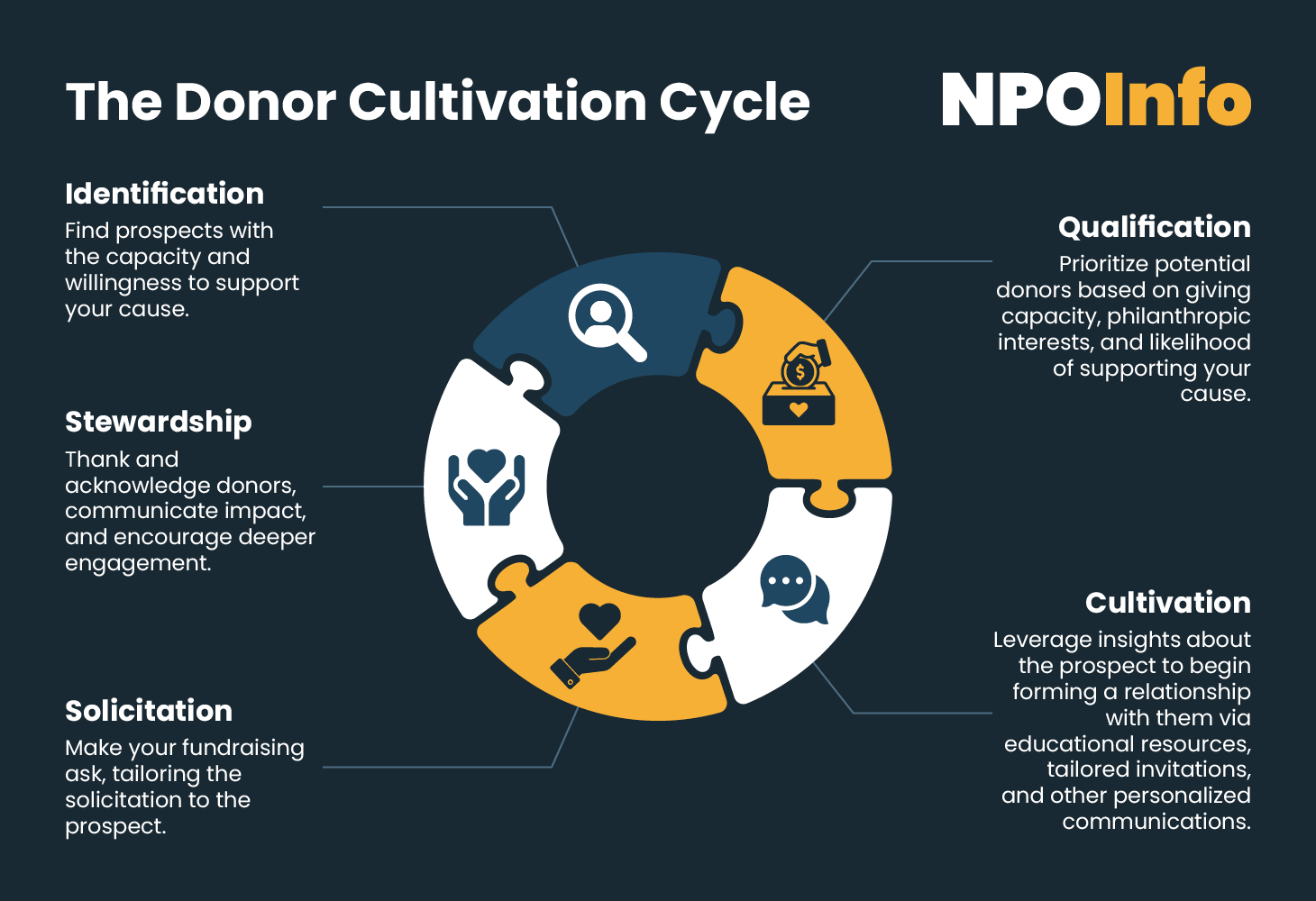
1. Identification: This stage requires finding people with the capacity and interest to support your cause. Consider everyone in your network who might support your mission, including current small or mid-level donors, recurring donors, volunteers, etc. Consult board members’ and donors’ networks to tap into new audiences.
💡Pro Tip: Follow data hygiene best practices to ensure your file is up-to-date and accurate, and leverage predictive modeling tools to predict which prospects are most likely to convert or upgrade.
2. Qualification: Next, you’ll qualify prospects by assessing their giving capacity, philanthropic interests, and likelihood of supporting the organization. These findings will help you prioritize prospective donors so you can devote more resources to those most likely to contribute a significant gift.
💡Pro Tip: Score donors based on key factors like giving history, wealth, personal connection to your cause, and community connections, with high scores indicating an ideal prospect.
3. Cultivation: Based on your research, begin forming a relationship with the prospect, educating them about your nonprofit’s mission, programs, and impact. This step typically involves activities like sending personalized communications that appeal to their interests, inviting them to join events, and promoting other ways to get involved (like volunteering).
💡Pro Tip: Segment donors based on shared characteristics, developing tailored communications for each segment. Be sure to evaluate and tweak segments as your audience of prospects and supporters evolves.
4. Solicitation: Once you’ve cultivated a relationship with the prospective donor, it’s time to make your fundraising ask. Depending on their potential giving level and communication preferences, you might meet with the prospect face-to-face, send a fundraising letter or email, or make an online appeal.
💡Pro Tip: Infuse your ask with details that appeal to the donor, and align the appeal amount with what you know about their financial capacity and willingness to give. For example, if you’re soliciting a gift from a retired musician, you might highlight the impact of your music therapy program.
5. Stewardship: Your work isn’t done when you receive a gift—in fact, the stewardship phase is just getting started. As mentioned earlier, this step involves thanking and acknowledging donors, communicating impact, and encouraging deeper engagement.
💡Pro Tip: Frequently check in with donors and collect feedback to see how things are going. Consider implementing a feedback loop to gather insights via surveys, evaluate their comments, and report back on whether you’ll implement their ideas.
Did you notice the common thread that runs through each of these steps? It’s data.
Donor cultivation and the broader donor cultivation cycle are all about getting to know your supporters, applying that knowledge to your interactions with them, and fostering relationships founded on trust and respect. This is why having a clean, comprehensive dataset on hand is so important. If your nonprofit is struggling with missing or outdated information, consider leveraging data append services to fill in the blanks.
10 Proven Donor Cultivation Strategies
1. Ensure data is clean, consolidated, and up-to-date.
Data hygiene is the ongoing process of maintaining a clean database free of errors and duplicate or outdated records. Prioritizing data hygiene will allow you to spot opportunities more quickly, allocate your resources more efficiently, and even reengage lapsed donors.
Get started by conducting an audit of your database to identify and delete any unnecessary, outdated, inaccurate, or duplicated data. Then, set standardized rules for data entry and formatting, and apply those rules to the data left in your file. Examine the remaining information, identifying any gaps you may need to fill in via data appending services. Additionally, make sure you’ve backed up your data in case something happens to the original file.
Remember that this is an ongoing process, so you must repeat these steps regularly. Set a schedule for the large-scale data audits, such as once per quarter.
2. Leverage prospect data.
We recommend tracking these important types of donor data:
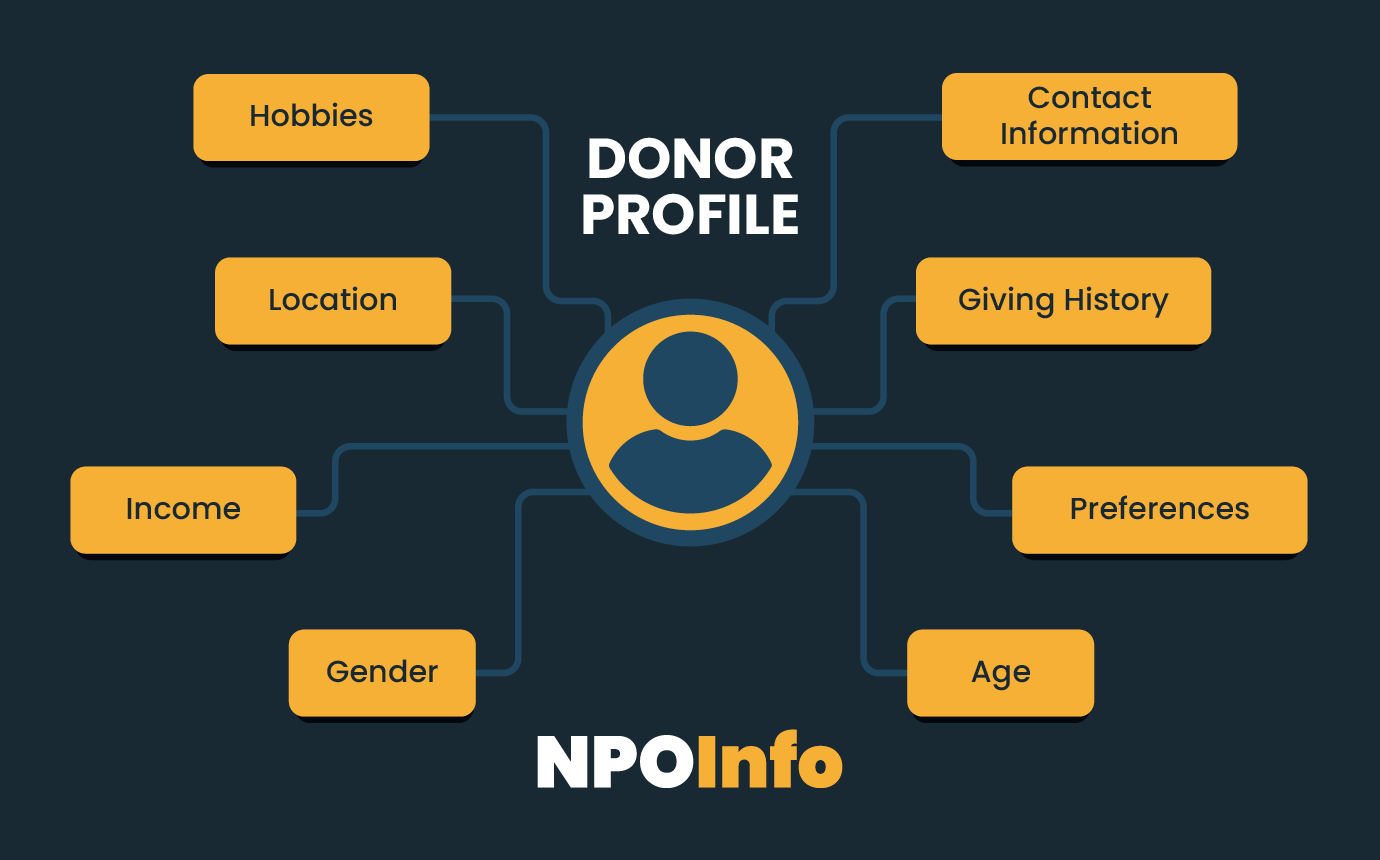
- Contact information: Track and update postal addresses, phone numbers, and email addresses. Accurate contact details are essential for delivering your communications and engaging donors—otherwise, you’ll waste resources on communications that reach no one.
- Giving history: Track the amount, frequency, and date of each donor’s contributions, identifying giving patterns you can use to generate targeted fundraising appeals. For first-time donors, you may be able to learn about their giving history with similar organizations if they’ve donated significant amounts.
- Engagement history: This refers to any nonfinancial engagement from supporters, such as volunteering or attending an event. While engagement doesn’t always equal funding, highly engaged supporters tend to be more interested in your work and mission (and more likely to donate!).
- Demographic details: Collect demographic information about donors, such as age, gender, and income. This information will allow you to craft appeals tailored to their budgets and interests.
- Donor preferences: Your nonprofit should track donors’ interests, values, and philanthropic preferences. Use this data to tailor engagement efforts to each donor’s individual needs and build a deeper relationship.
Don’t panic if you don’t have some of these key pieces of information. Data appends allow you to acquire any missing or outdated information in your CRM by cross-checking the information you have with a comprehensive external database.
3. Personalize the journey.
Each supporter follows a unique path, from discovering your nonprofit to making that first donation. For instance, they might see your social media posts, click through to your website, and sign up for newsletters. From there, it’s up to you to spark a relationship and craft a donor journey that aligns with their preferences and needs.
Here are some quick tips to make personalization less daunting:
- Segment donors. It’s impossible to cater to each and every minor preference, but you can personalize communication at a larger scale with segmentation. Create groups of donors based on shared characteristics and craft targeted communications for each segment. For example, one group may have the giving capacity of mid-level donors, prefer email communications, and be interested in your food pantry’s community garden program.
- Develop individualized cultivation plans. When it comes to potential major donors, you should create a plan for each prospect that outlines personalized engagement activities, the ideal communication frequency, important preferences, and approved recognition methods. However, you can apply this strategy to small donors as well by creating plans for each donor segment.
- Provide tailored recommendations. Donors don’t want to feel like a walking ATM. Instead of centering all of your interactions with them around soliciting a financial donation, recommend other ways to get involved based on their past preferences. Based on their preferences, invite them to events they might be interested in, suggest blog posts about topics they care about, and more.
Be sure to track the effectiveness of your messages with each individual or donor segment. Adjust your approach as needed to maximize your resources and impact.
4. Offer unique fundraising opportunities.
Unique fundraising opportunities can help inspire donations, and one of our favorite options is donation eCards. You can create branded eCards that donors can send to their loved ones, either letting them know they gave in their name or encouraging them to donate, too.
Alternatively, create cards for special occasions that anyone can buy. With holiday donation cards, supporters can celebrate birthdays, say thanks to their loved ones, or send well wishes —all while supporting your cause.
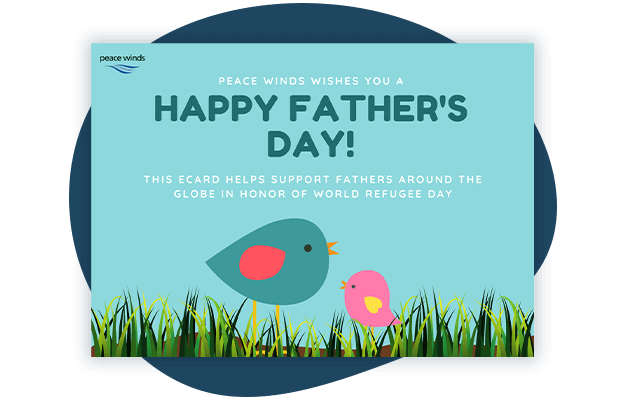
To sell the eCards, Fundraising Letters’ charity eCards guide recommends the following methods:
- Use eCards as integrated donation forms. Add eCards directly to your site’s donation process. A donor will select their preferred eCard, choose a donation amount, add the recipient’s contact information, and supply their payment details.
- Sell eCards as fundraising products. If you have an online fundraising store, add your eCards and sell them for fixed rates. Donors can browse your collection, personalize the eCards, and send them to friends and family.
- Add eCards to your donation confirmation page. Embed your eCards into your giving confirmation page. It can be a fun surprise if a donor doesn’t know they can send an eCard until it pops up on the confirmation page.
The key to this strategy is to leverage a strong eCard creation platform. We recommend eCardWidget for its user-friendly design tools and fundraising features that make it easy to sell digital greeting cards to support your cause.
5. Maximize donors’ impact with matching gifts.
Matching gifts multiply the gifts your donors give. If their employer offers a matching gift program, their donation to your nonprofit could be eligible to be matched. This could turn a $100 donation into $200 at no extra cost to the donor.
Here are the most important ways to promote donation matching during the donor cultivation cycle:
- On your website: Encourage prospective and current donors alike to check their eligibility. Consider creating a dedicated landing page for information about matching gifts.
- Across digital communications: From your social media posts to your monthly newsletter, mention donation matching whenever you can!
- On your donation form: Add a snippet about matching gifts to your donation form and an employer research tool to your confirmation page.
Accurate employer information is essential for effectively following up with match-eligible supporters. Learn more about this process with our guide to employer appends for nonprofits.
6. Highlight and communicate your impact.
Think of first-time donors as strangers to your cause. They know little about your mission, programs, or impact. It’s your responsibility to measure that impact and communicate it in a compelling, yet transparent and honest, way.
Consider leveraging nonprofit storytelling to convey your programs’ outcomes, weaving in metrics that add data-backed support to emotional success stories. Expand on your mission using the following story elements:
- Compelling, relatable characters: Center the people, things, or places that are impacted by your story. For example, you might interview a real beneficiary and tell their story or describe the history of a landmark or monument your organization protects.
- A clear setting: Use descriptive language to help readers understand when and where this story is taking place.
- An engaging plot: Shape your plot using the hero’s journey, three-act structure, or another tried-and-true formula. Typically, stories include a hook or intriguing introduction, a central conflict, a climactic clash between the protagonist and the conflict, and a resolution to the conflict.
Don’t write off the resolution with a quick “and they all lived happily ever after.” This is where you can make your programs, services, and impact shine.
For example, perhaps your animal shelter tells the story of its work through the eyes of an abandoned mother cat struggling to keep her kittens safe, fed, and comfortable. After days of searching for scraps, she’s lured in by food set out by your trap, neuter, release (TNR) team, and the mother cat and her babies are sent to one of your foster homes! At this point in the story, layer in statistics about how many similar cat families you help each year and how many animals you adopt out to loving families.
7. Plan a communication cadence.
When building new relationships with potential supporters, consistency is key. To ensure you’re nurturing these relationships and engaging them at key points, create a standard communication cadence that everyone on your team follows.
Here’s a sample communication cadence for cultivating new supporters who have not yet donated:
- Welcome and introduction: After an individual signs up for your newsletter, registers for an event, etc., send the new supporter a welcome email that provides an overview of your mission, values, and programs. Thank them for joining your community.
- When? Within one day of the initial interaction.
- Share impact stories: Follow up with an email sharing compelling success stories that showcase how your organization has made a difference.
- When? One week after the initial interaction.
- Educate and engage: Email the supporter detailed educational content about your work, including blog posts, videos, or infographics. Add a call to action (CTA) prompting them to take action.
- When? Two to three weeks after the initial interaction.
- Show transparency and impact: Provide a more detailed update on how donations are used and the progress you’ve made toward your goal—include specific numbers to back up your claims.
- When? One month to six weeks after the initial interaction.
- Recommend other ways to engage: Using anything you’ve learned about the prospect, recommend additional ways to get involved that appeal to their interests.
- When? Six to eight weeks after the initial interaction.
- Inspire a sense of urgency: Share time-sensitive campaigns or urgent needs, such as reaching your end-of-year fundraising goal or rebuilding after a natural disaster, to inspire supporters to take action.
- When? Around two months after the initial interaction.
- Share a personalized ask:
- When? Two to three months after the initial reaction, no more than two weeks after the urgent appeal.
Remember, your communications shouldn’t stop here. Now, you’ll need to start the cycle over again by thanking donors for their support, continuously sharing your impact, and providing updates about your programs and beneficiaries. These stewardship efforts will then set up your next fundraising ask for success.
8. Prepare for challenges and rejection.
When you finally make that fundraising ask, you need to be ready for whatever response supporters have. While the goal is always a resounding “yes,” some donors may respond with questions or reject your request for support. However, there are ways to respond to these more negative responses and maintain the positive relationships you’ve built during the donor cultivation process.
Here’s how you might respond to common challenges or rejections from potential donors:
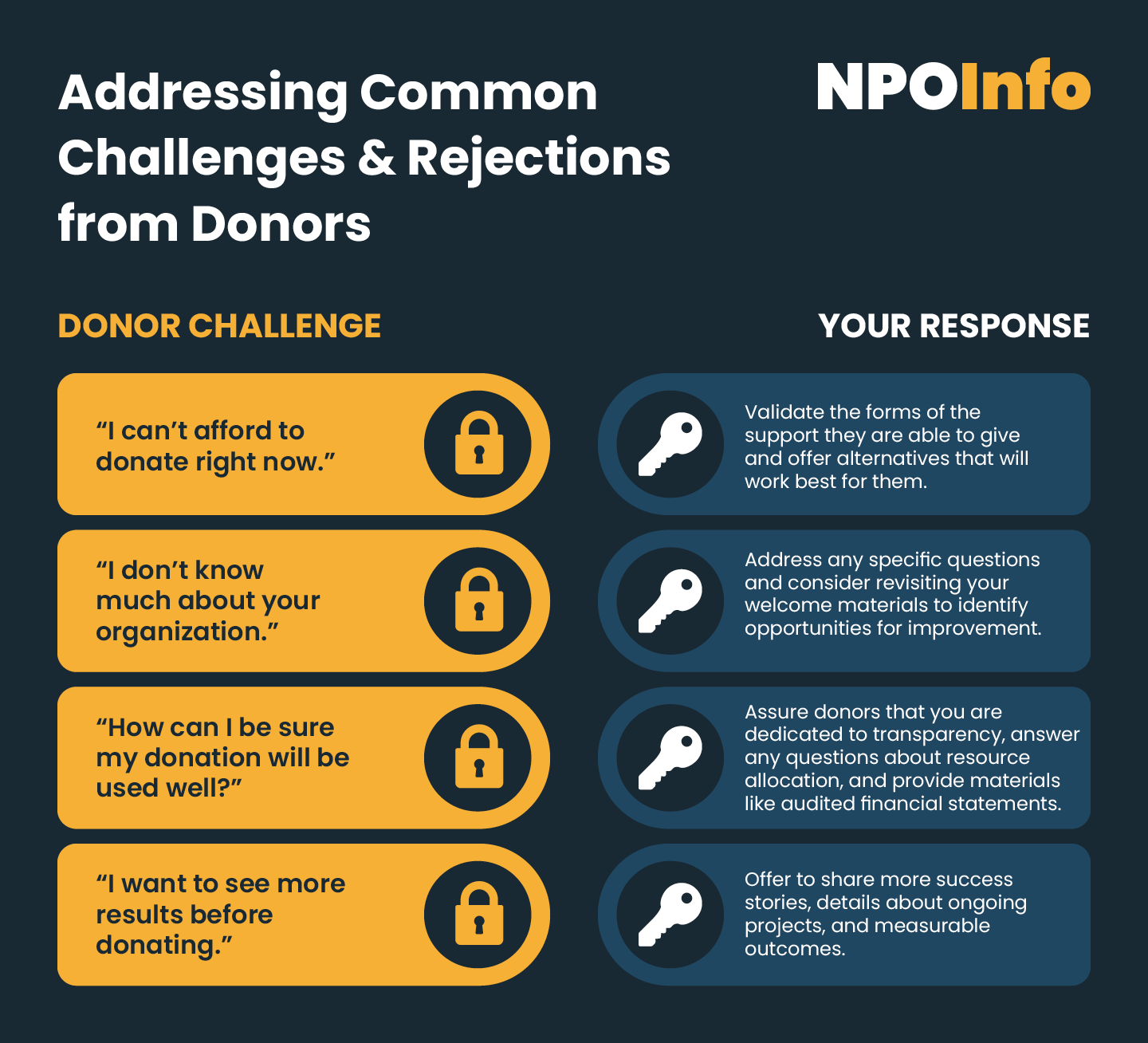
- “I can’t afford to donate right now.” Acknowledge that you understand their reasoning and validate the forms of support they are able to contribute, no matter how small. Offer alternative forms of support that they can do, like volunteering or spreading the word about your cause.
- “I don’t know enough about your organization.” Address any specific questions they have and share impact reports, success stories, and blog posts. Consider revisiting your welcome materials to see if there are ways to improve how you educate newcomers about your mission.
- “How can I be sure my donation will be used well?” Assure donors that you are dedicated to transparency and honesty. Confirm that you will answer any and all questions about resource allocation, and provide materials like audited financial statements, your annual report, and third-party certifications.
- “I want to see more results before donating.” Offer to share more success stories, ongoing projects, or measurable outcomes. For potential major donors, you could offer to set up a meeting between them and your program director to go over your daily operations and how they impact the community.
Sometimes, supporters just aren’t ready, willing, or able to give, and that’s okay. Know when to take no for an answer and simply follow up with educational content or invitations to support your cause in other ways. Forceful or unrelenting attempts to secure a donation will only drive these supporters away, sacrificing all of your hard work from the cultivation stage.
9. Create a culture of gratitude.
Whether or not they’ve donated, you never want supporters to feel like you only care about their money. No matter what they contribute to your cause, your nonprofit should strive to show them how much their involvement matters. Get everyone on your team on the same page by building a culture of gratitude.
This practice starts with your leaders. Encourage leadership to model gratitude in their daily interactions with staff, volunteers, and other supporters—for example, they might highlight a staff member who went above and beyond in weekly team meetings. These small efforts stack up, and they set the tone for your organization’s interactions with donors.
In addition to sharing prompt and personalized thank-you messages, consider setting structured recognition programs for donors and volunteers to recognize your most dedicated supporters. Frequently seek feedback from supporters and implement their suggestions when you can. Track and celebrate milestones and important dates, such as the anniversary of their first donation or their birthday.
10. Recommend additional ways to engage.
When it comes to donor cultivation, non-financial forms of engagement, like volunteering, attending events, and connecting with your online community, can be just as meaningful. Getting donors involved in these other areas of your organization can help them see firsthand why financial support is so crucial. Plus, they’ll recognize that your nonprofit views them as more than a funding opportunity.
You can also increase engagement by expanding your nonprofit’s network. Establishing deep roots in your community can help you become a more meaningful, recurring part of their lives. For example, you might work with local businesses and institutions to:
- Establish workplace giving programs with local businesses.
- Secure event and campaign sponsorships from businesses.
- Co-host programs and events with other nonprofit organizations.
- Lend volunteer power to public institutions (e.g., help clean up your city’s park).
- Offer free educational programming in partnership with peer organizations and community groups.
Corporate giving programs are among the easiest ways to get started expanding your network and building more touchpoints with donors. That’s because they’re mutually beneficial for both your nonprofit and businesses, which receive public recognition and increased employee engagement as a result of giving back to the community. It’s a win-win!
Wrapping Up
Effective donor cultivation looks different for every organization. Beyond understanding the fundamentals of the cycle, your nonprofit will thrive by experimenting with different strategies like thank-you eCards and data appending.
Remember, the cycle is an ongoing process—it never truly ends. Rather, you need to re-enter donors into the cycle every time they give, so you can maintain those relationships and upgrade their support.
As you refine your donor cultivation strategies, check out these additional resources:
- Charity eCards for Your Nonprofit: A Comprehensive Guide. Between raising money and saying thanks, charity eCards have tons of great uses. Learn the basics of this donor cultivation strategy in this guide.
- What Data Should Nonprofits Collect? Overview & Top Tips. Discover the top data points your nonprofit should track to cultivate relationships with donors, drive revenue, and boost engagement.
- A Comprehensive Guide to Great Donor Thank-You Letters. When stewarding donors, you’ll want to say thank you. Learn how to craft a genuine thank-you letter with this guide.
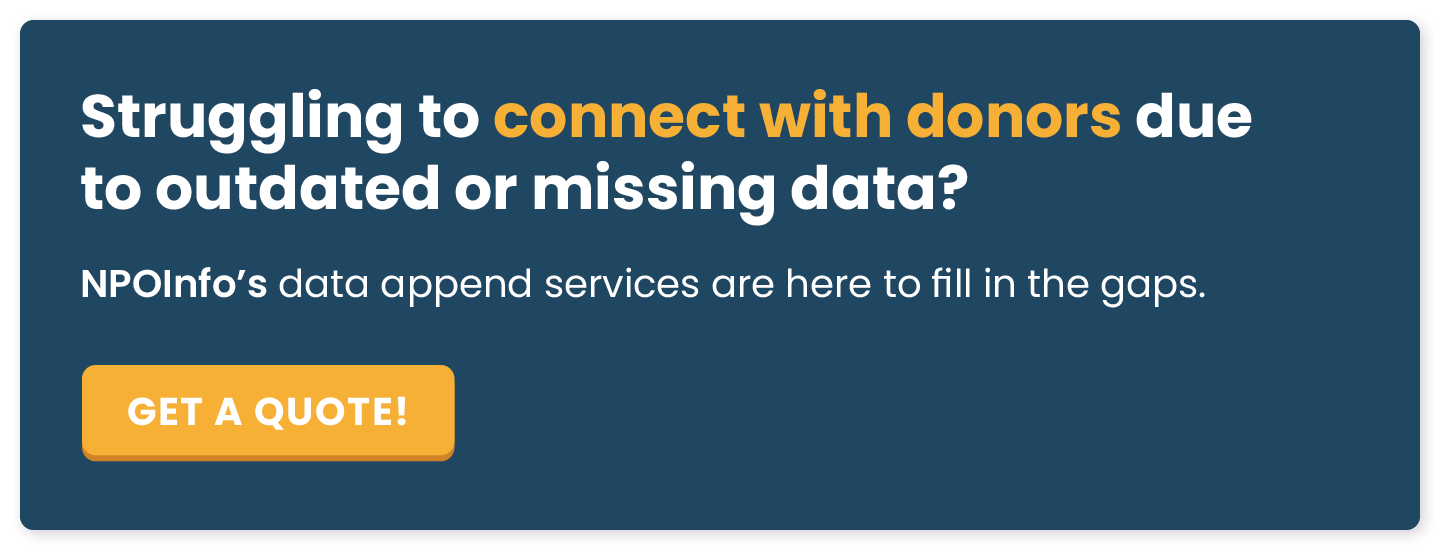

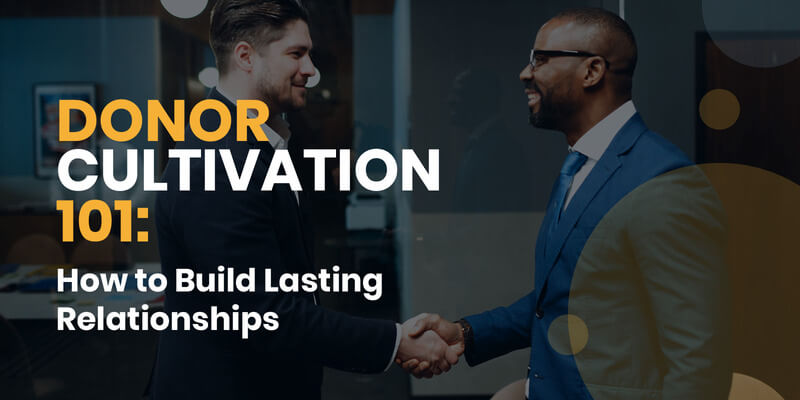





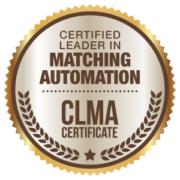 Top tip: Keep an eye out for the Certified Leaders in Matching Automation badge to quickly identify socially responsible companies with
Top tip: Keep an eye out for the Certified Leaders in Matching Automation badge to quickly identify socially responsible companies with 










